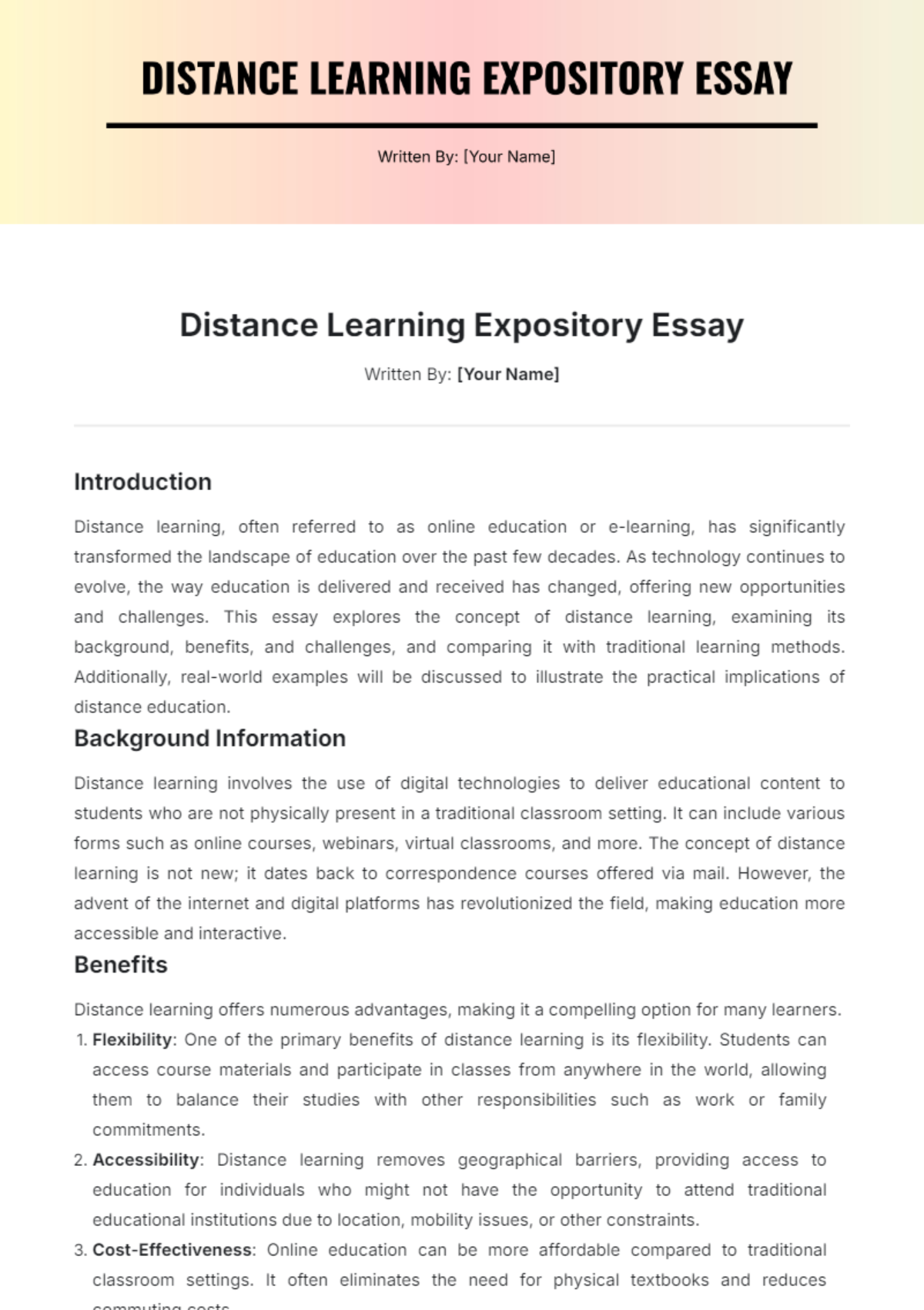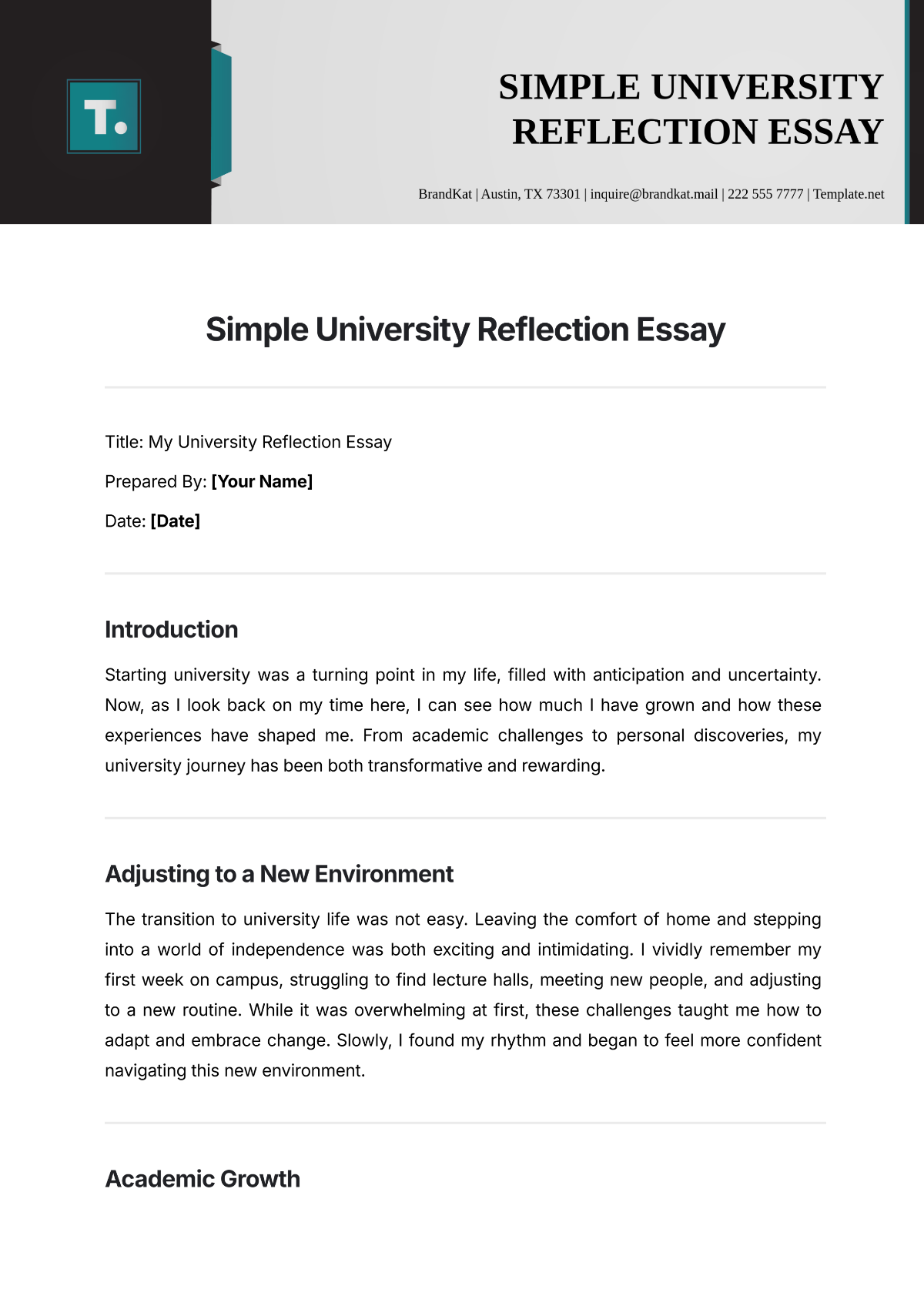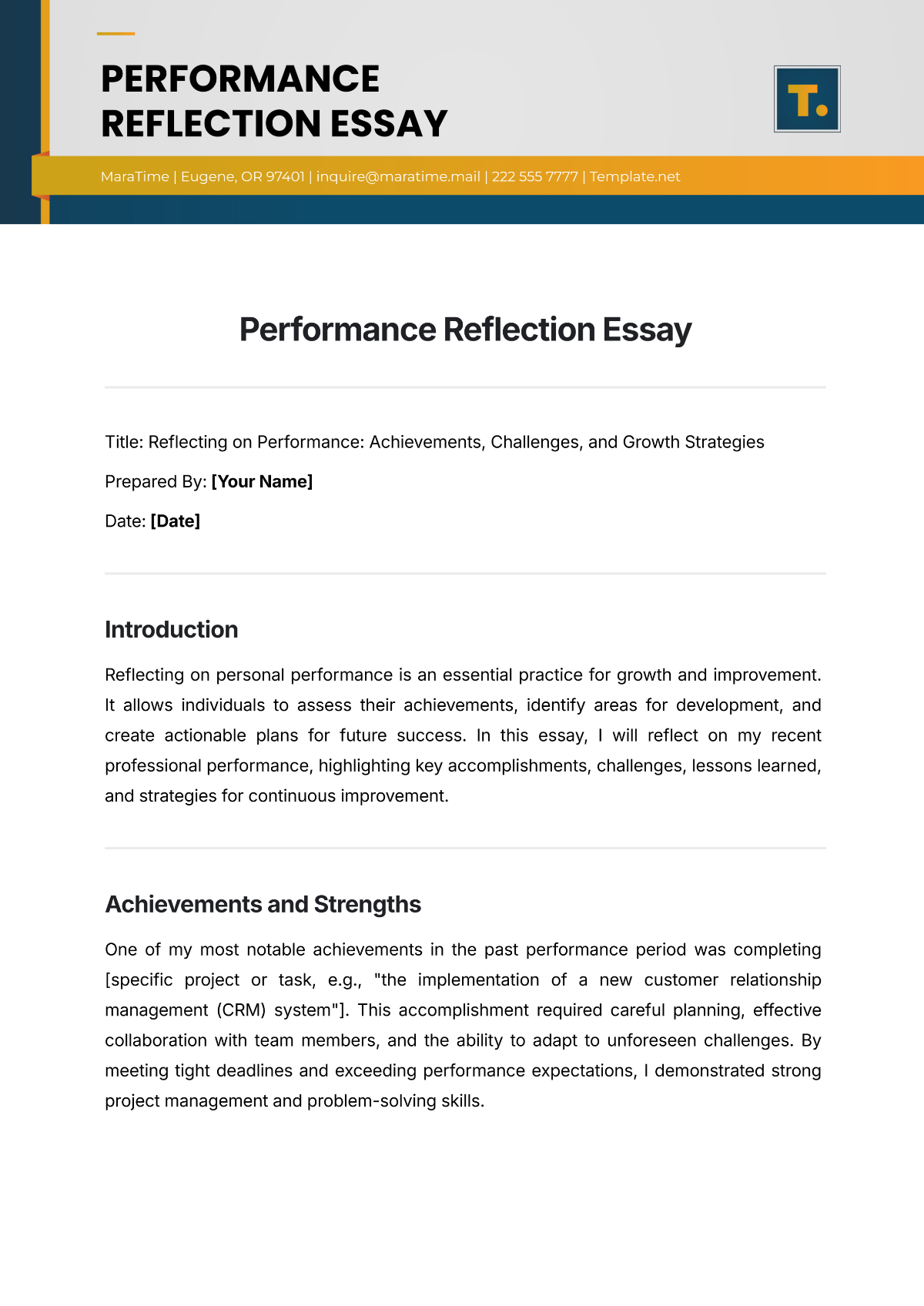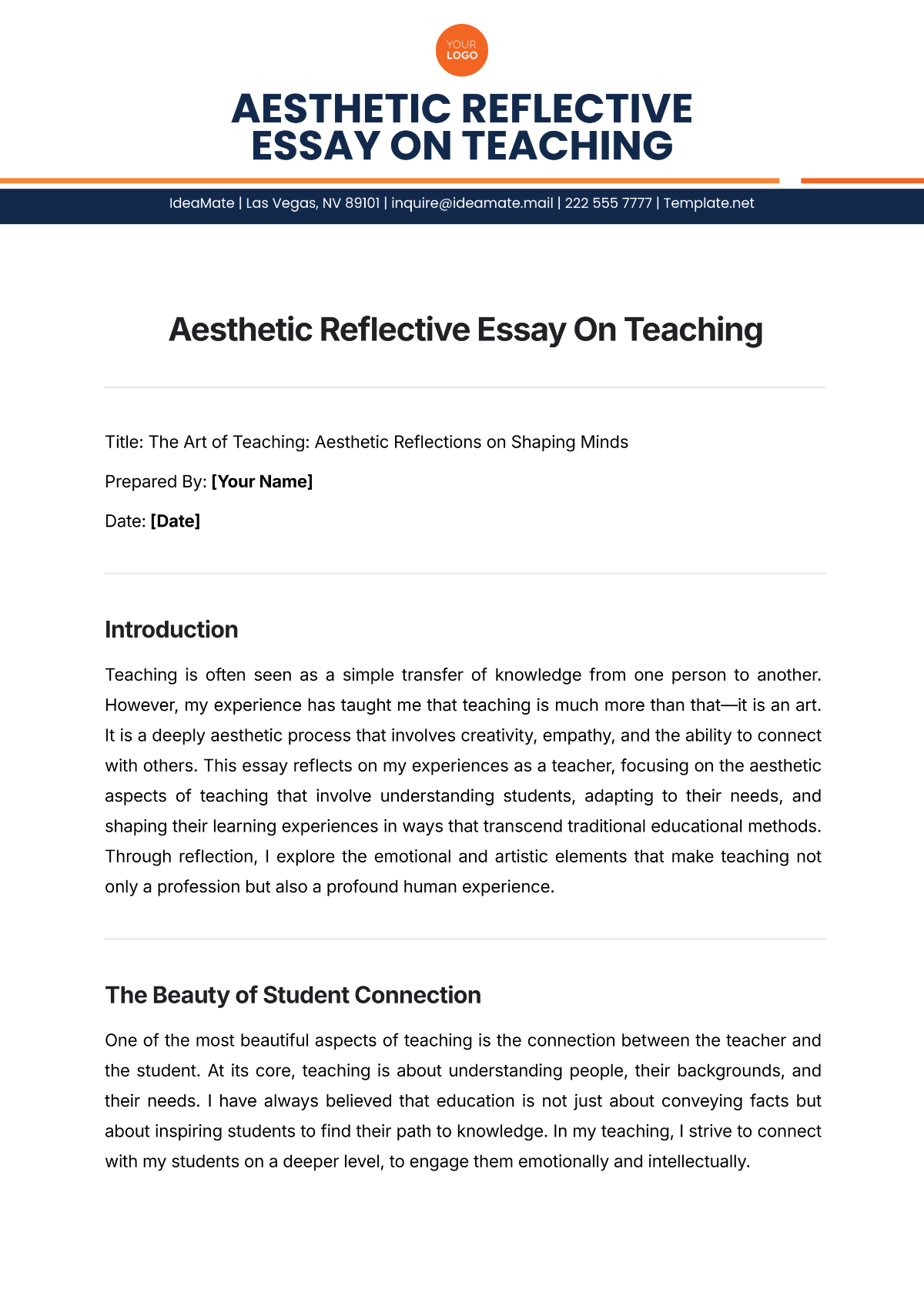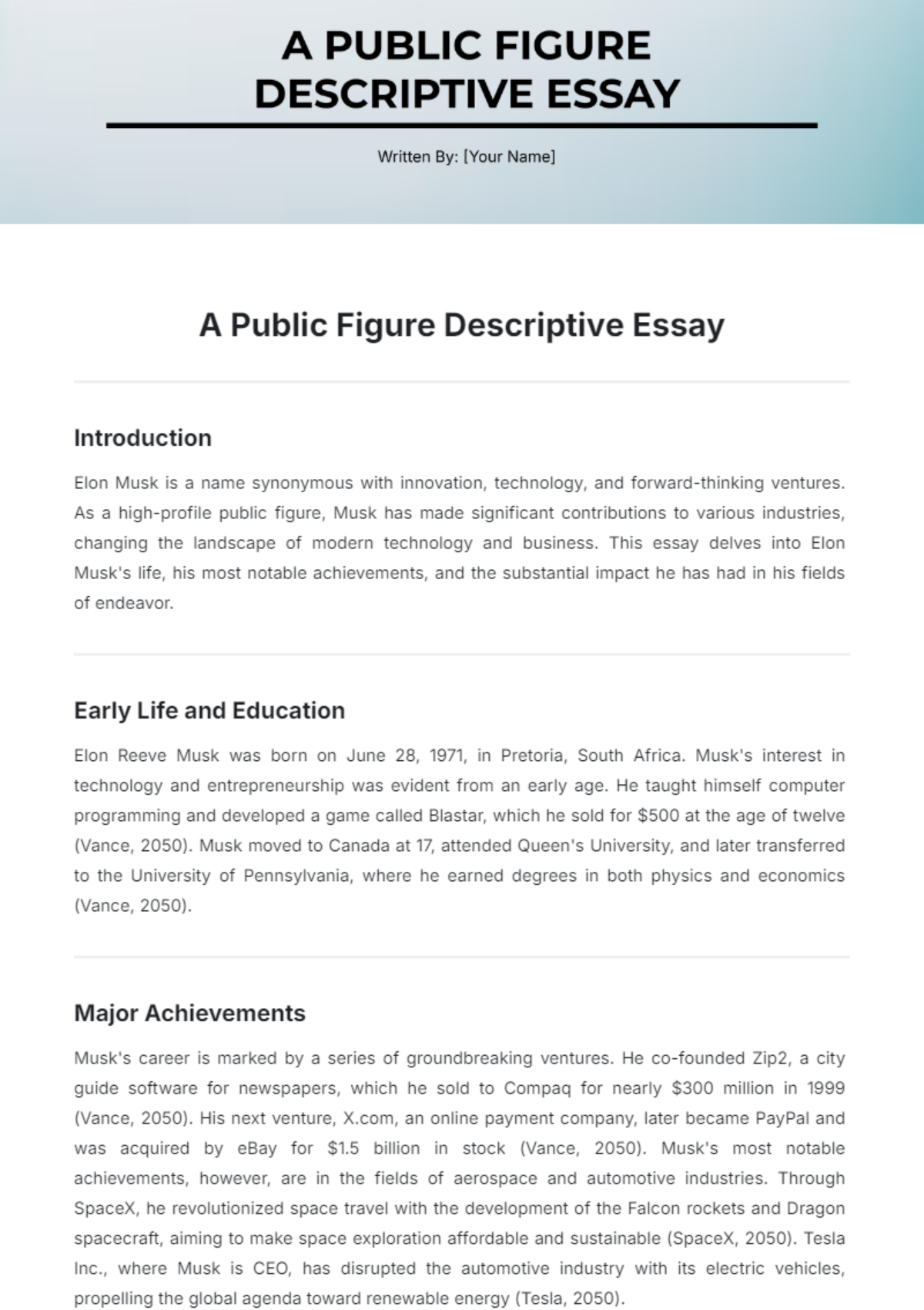Project-Based Learning Expository Essay
Introduction
Project-Based Learning (PBL) has emerged as a dynamic approach in education, focusing on the application of knowledge through real-world projects. This essay examines the principles of PBL, its benefits to student engagement and learning, and the effective implementation strategies schools can adopt to enhance educational outcomes. Through a comprehensive analysis, the findings underscore the transformative potential of PBL in fostering academic achievement and practical skills.
Principles of Project-Based Learning
At its core, Project-Based Learning is centered around student-driven projects that address complex questions or real-world problems. According to Bell (2050), PBL shifts the traditional classroom dynamic, placing the student at the heart of the learning experience. This method encourages students to acquire deep knowledge through active exploration, critical thinking, and collaboration. The structured inquiry process facilitates the development of essential life skills, such as problem-solving, communication, and self-management (Larmer & Mergendoller, 2051).
Benefits to Student Engagement and Learning
Research indicates that PBL significantly enhances student engagement and learning outcomes. A study by Thomas (2050) found that students involved in PBL projects demonstrated higher levels of motivation and interest in their subjects compared to those in traditional learning environments. Additionally, PBL fosters deeper understanding and retention of knowledge. As Blumenfeld et al. (2051) noted, students participating in PBL are more likely to apply learned concepts to new situations, thereby showcasing improved cognitive skills. The hands-on nature of PBL also allows students to connect theoretical knowledge with practical applications, making learning more relevant and meaningful.
Implementation Strategies for Effective PBL
Successful implementation of PBL requires thoughtful planning and execution. Larmer and Mergendoller (2050) stress the importance of aligning projects with curriculum standards to ensure educational coherence. Teachers should act as facilitators, guiding students through the project phases while encouraging autonomy and critical thinking. Assessment in PBL should be multifaceted, incorporating both formative and summative evaluations to gauge student progress and project impact (Wiggins & McTighe, 2051). Additionally, fostering a collaborative classroom environment is crucial, as peer interactions enhance learning and problem-solving abilities.
Incorporating technology can further amplify the outcomes of PBL. Tools such as collaborative platforms, digital research resources, and presentation software allow students to engage with their projects more deeply and creatively. As Krajcik and Shin (2050) point out, technology integration supports various aspects of PBL, from research to presentation, making learning more accessible and interactive.
Conclusion
Project-based learning represents a significant shift in educational paradigms, offering a robust framework for enhancing student engagement, knowledge retention, and skill development. By focusing on real-world applications and fostering a student-centered learning environment, PBL has the potential to transform educational experiences. Effective implementation, supported by thoughtful planning, assessment, and the integration of technology, can lead to profound improvements in student outcomes. As educational institutions continue to evolve, embracing PBL can ensure a more dynamic, relevant, and impactful learning journey for students.
Bibliography
Bell, S. (2050). Project-Based Learning for the 21st Century: Skills for the Future. The Clearing House: A Journal of Educational Strategies, Issues and Ideas, 83(2), 39-43.
Blumenfeld, P. C., Soloway, E., Marx, R. W., Krajcik, J. S., Guzdial, M., & Palincsar, A. (2051). Motivating Project-Based Learning: Sustaining the Doing, Supporting the Learning. Educational Psychologist, 26(3-4), 369-398.
Krajcik, J., & Shin, N. (2052). Project-Based Learning. In R. K. Sawyer (Ed.), The Cambridge Handbook of the Learning Sciences (2nd ed., pp. 275-297). Cambridge University Press.























